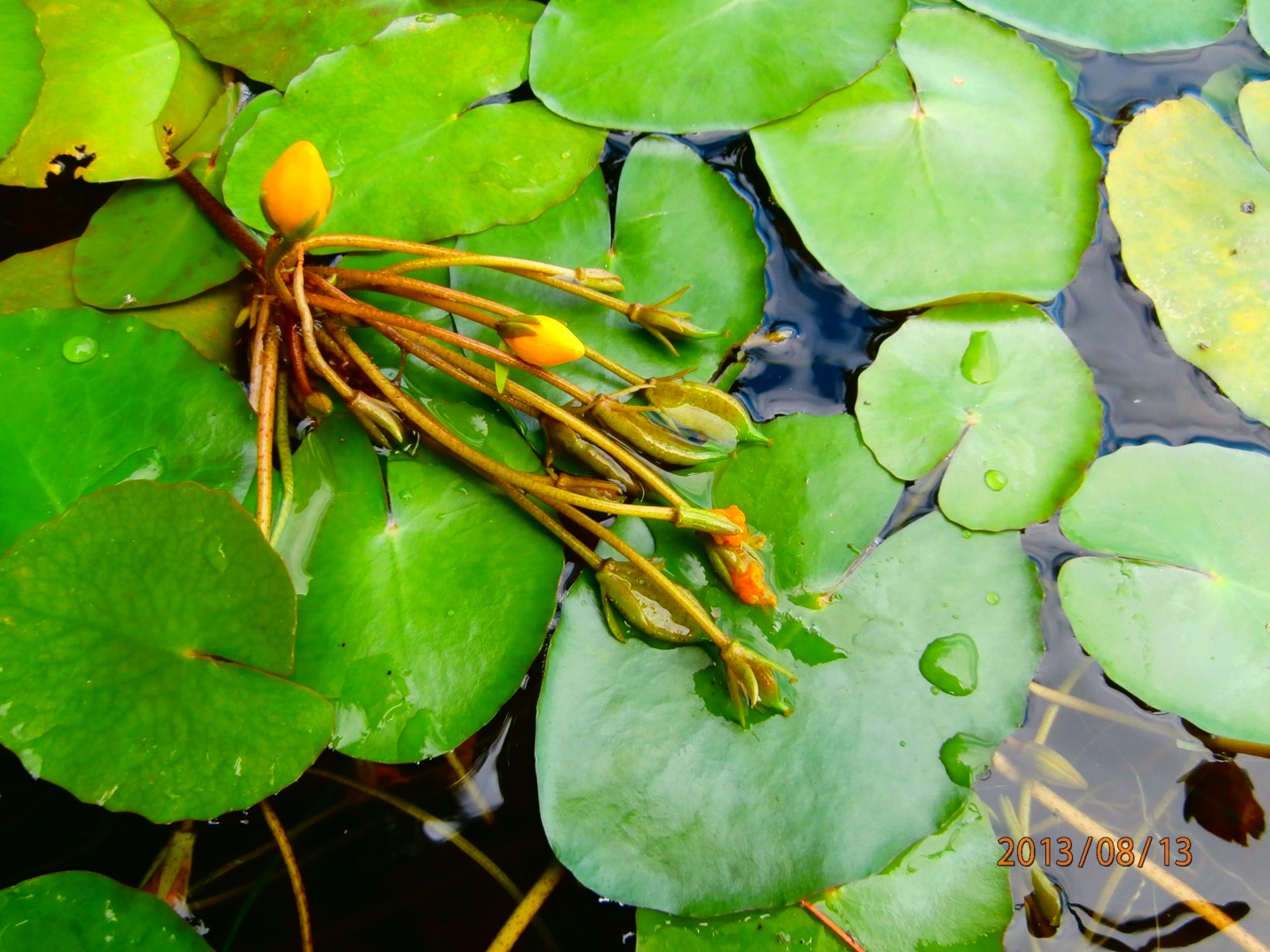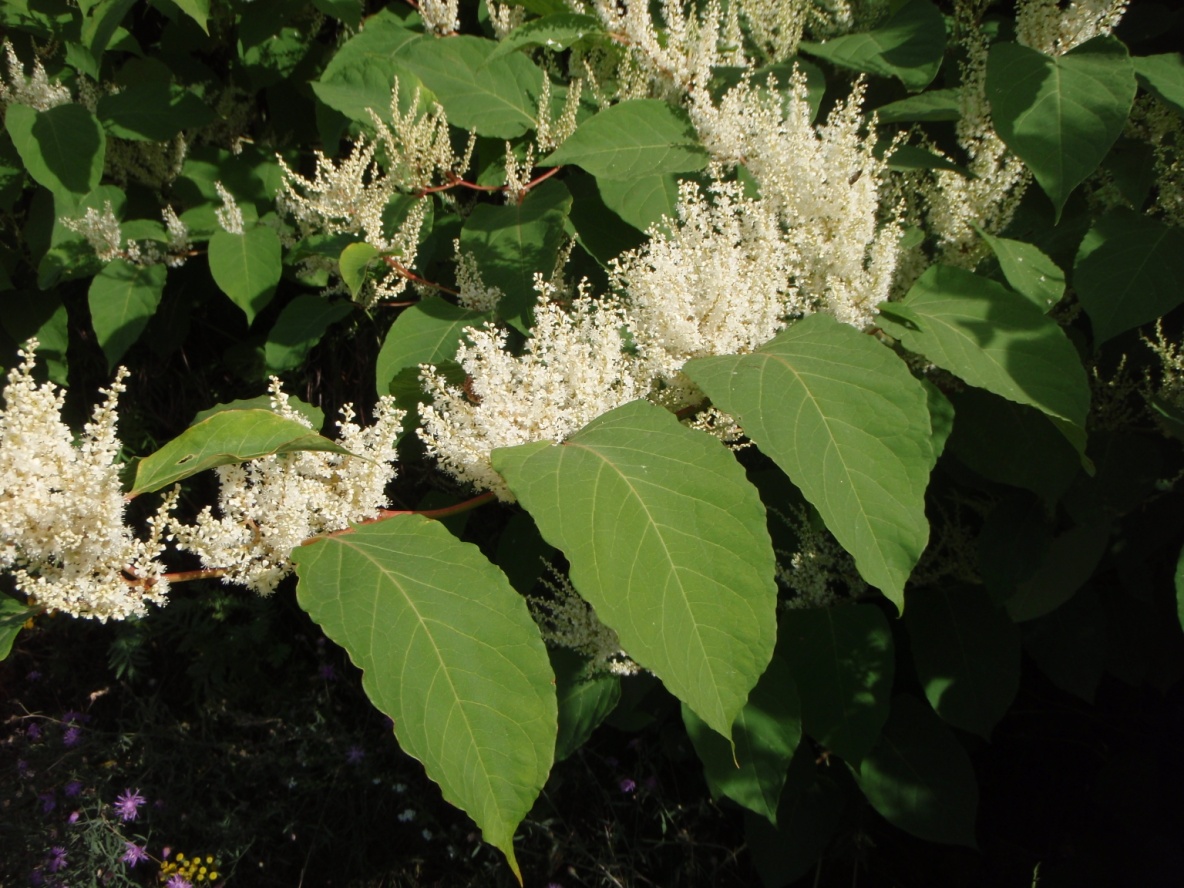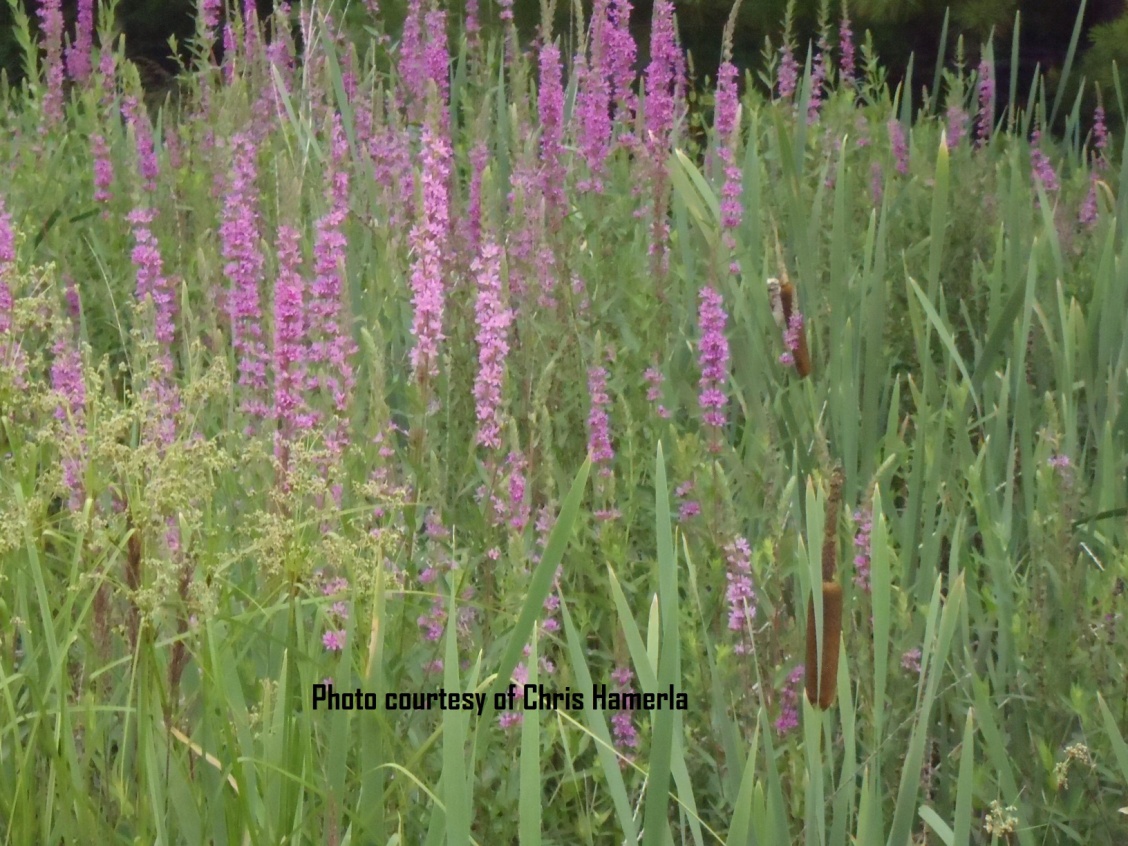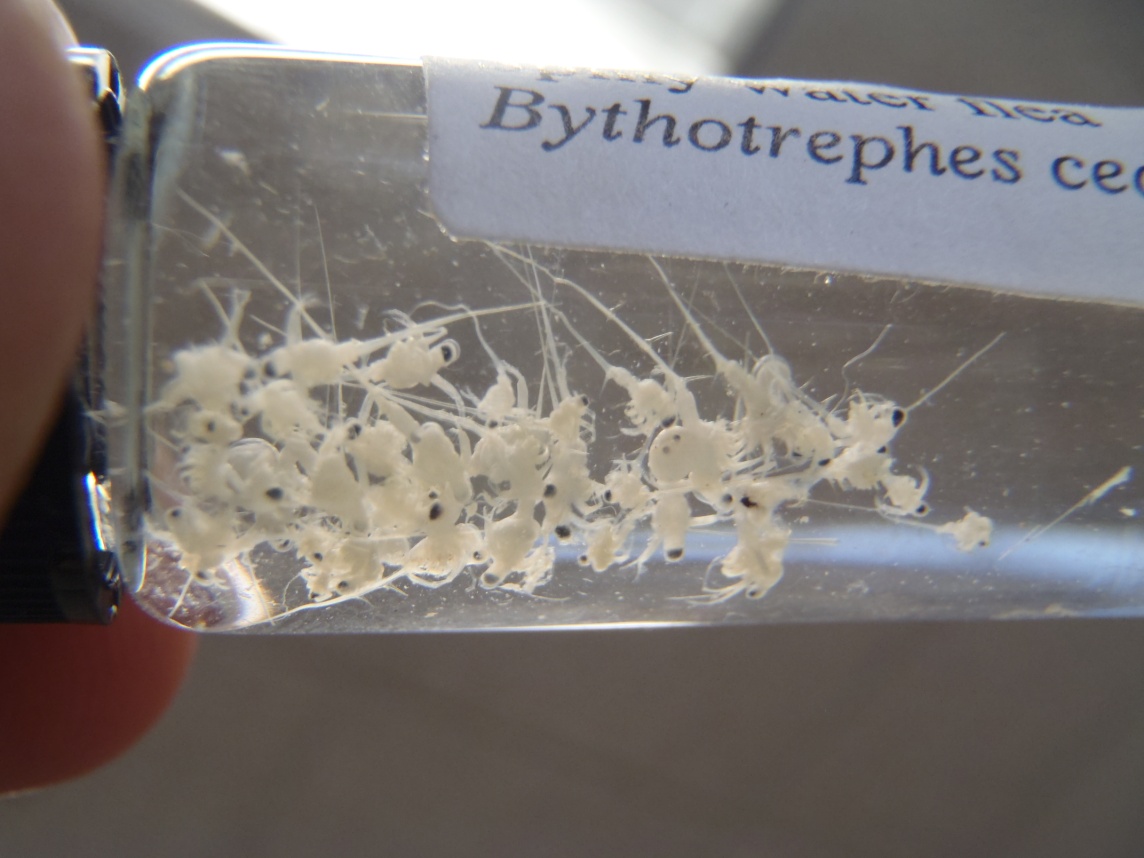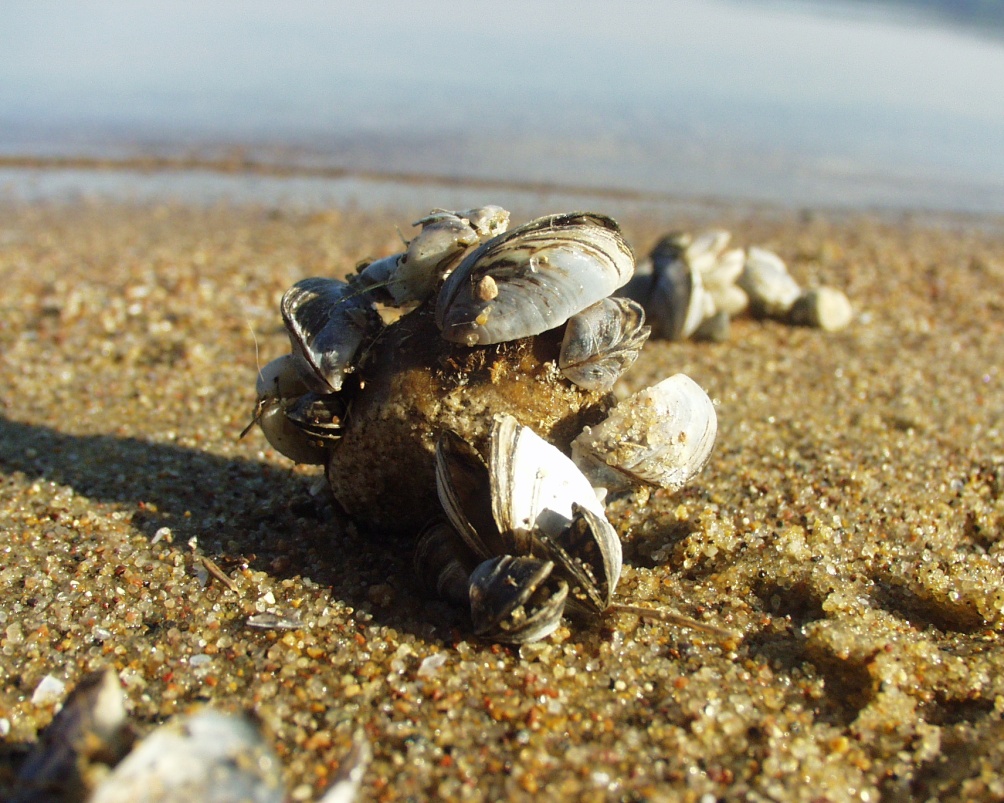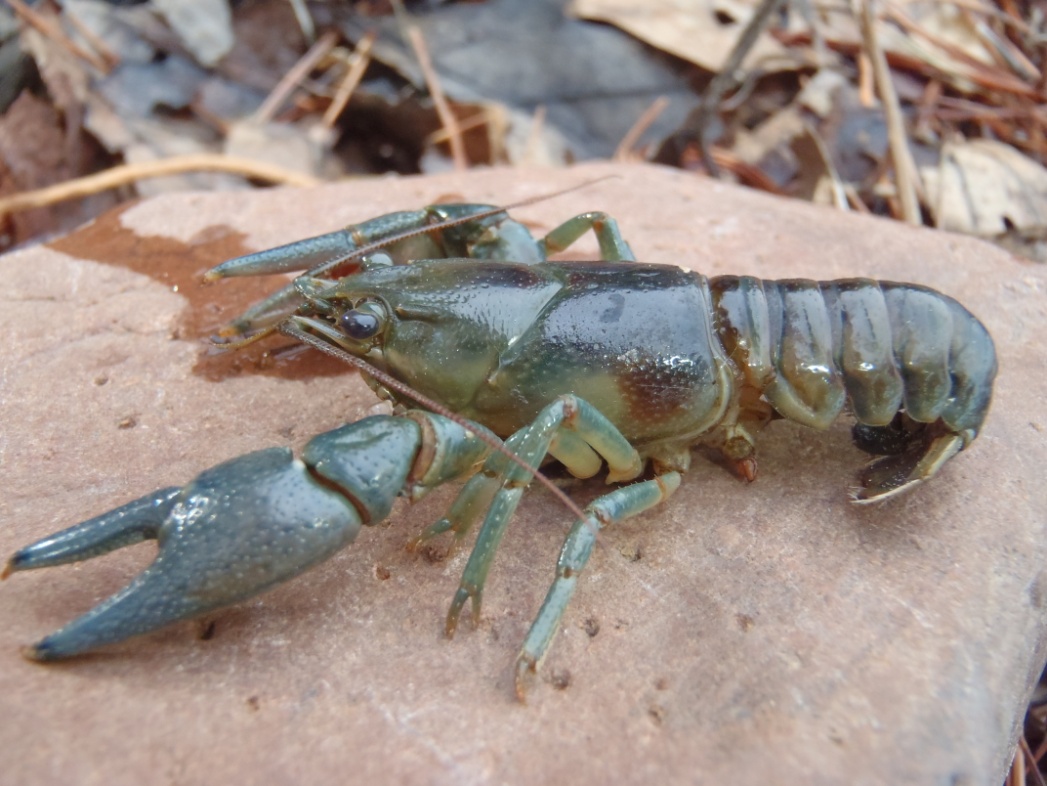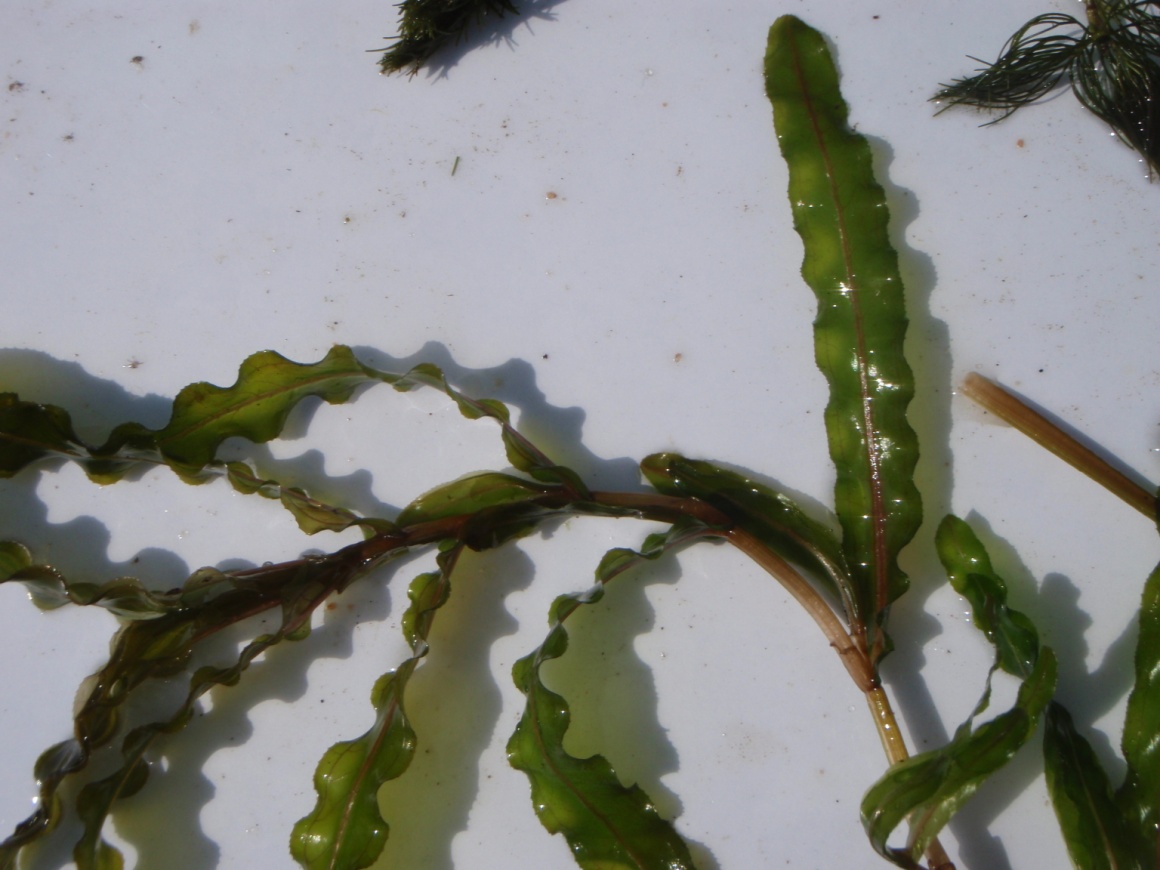A video from the Vilas County Land & Water Conservation Department about the Spiny Water Flea, an invasive plankton found throughout the Great Lakes region - including inland lakes in Wisconsin.
Learn About Invasive Species
Non-Native Invasive Species in Forest County
TERRESTRIAL:
- Purple Loosestrife
- Garlic Mustard
- Wild Parsnip
- Common Tansy
- Buckthorn
- Japanese Knotweed
- Spotted Knapweed
- Reed Canary Grass
- Phragmites
- Japanese barberry
- Emerald Ash Borer
- Earthworms
- Jumping Worms
AQUATIC (AIS):
- Eurasian Milfoil
- Yellow Floating Heart
- Curly Leaf Pondweed
- Rusty Crayfish
- Zebra Mussels
- Spiny Water Flea
Yellow Floating Heart (Nymphoides peltata)
Yellow floating heart grows in dense mats. It is originally from Eurasia, the Mediterranean, China, India, and Japan. It is believed to spread from releases from water gardens and the nursery trade. It reproduces by seeds, stems, or broken off leaves with part of a...
Japanese Knotweed (Polygonum cuspidatum)
Japanese knotweed is a semi woody shrub that can reach heights of 8 to 15 feet tall. The plant resembles bamboo and is often called Japanese bamboo. It originated in Japan and made its way to the United States and Wisconsin as an ornamental plant that people planted...
Purple Loosestrife (Lythrum salicaria)
Purple Loosestrife is a wetland perennial plant that originally arrived here from Europe and Asia. It was distributed and sold by plant nurseries because of its attractive purple flowers. People then planted this species in their yards, gardens and lake front...
Spiny and Fishhook Waterfleas
This little predatory zooplankton is native to Europe and Asia. They can grow up to ¾ of an inch in length and eat native Daphnia, which is a food source for many smaller juvenile fish species. Young fish have difficulties eating the waterflea because the tale often...
Zebra Mussels (Dreissena polymorpha)
Zebra mussels are small bivalve mollusks that are fingernail sized and native the Caspian Sea region of Asia. These mussels are filter feeders and one mussel can filter one liter of water per day. In the water they feed primarily on phytoplankton, zooplankton, and...
Chinese + Banded Mystery Snails (Bellamya chinensis and Viviparus georgianus)
There currently is not much information known about these non native snails. What is known is they compete with native snails for the same resources and they often die off in large numbers in the summer. The snails are not very tolerant of low oxygen levels and...
Rusty Crayfish (Orconectes rusticus)
Rusty crayfish are native to streams in the Ohio River Basin states of Ohio, Kentucky, Illinois, Indiana, and Tennessee. They were introduced to Wisconsin by anglers who used them as fishing bait. These crayfish impact native crayfish populations, aquatic plant...
Curly Leaf Pondweed (Potamogeton crispus)
Curly Leaf Pondweed is one of 80 pondweed species found within the world. It is native to Eurasia, Africa and Australia. It was accidently introduced with the common carp in the early 1800’s and made its way to Wisconsin in 1905 with fish imported from Europe. This...
Eurasian Water Milfoil (Myriophllum spicatum)
Eurasian water milfoil is a submersed aquatic plant that is native to Europe, Asia, and northern Africa. It was first documented in the United States in 1942 and arrived in Wisconsin in the early 1960’s. It was likely introduced in the aquaculture or aquarium...


